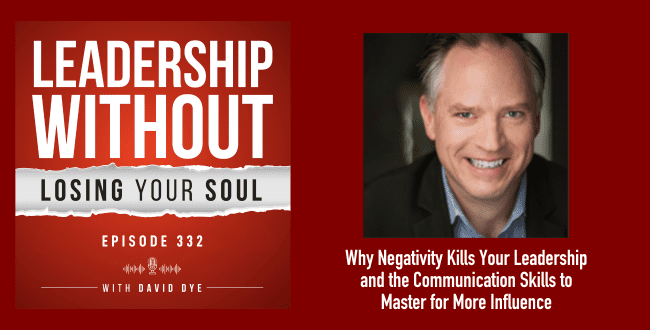Episode 214: How can you be the kind of leader who turns challenges into opportunities, instead of getting stuck in problems? The secret often lies in how they use their leadership and communication skills to guide what their teams focus on.
What Great Leadership Gets Right About Problem Solving
In the middle of a busy schedule, it’s easy to slip into problem spotting instead of problem solving. This episode shows you how a simple shift in focus can improve your leadership style, strengthen your team’s mindset, and boost overall productivity. You’ll learn how what you choose to look for as a leader shapes the way your team responds and performs.
You’ll discover:
- How your brain’s filters influence what you and your team see as possible.
- A simple mindset shift that transforms obstacles into opportunities for growth.
- Practical ways to apply better problem solving and communication skills to build stronger teamwork and results.
Press play now and learn how to sharpen your leadership focus so you and your team can uncover solutions that lead to real productivity and success.
Be sure to check out:
[00:57] The moment of realization: why your brain misses what’s right in front of you and how that affects your leadership decisions.
[03:24] What birds can teach you about focus, energy, and leadership attention in a busy world.
[07:51] The city council story that turned “this won’t work” into a breakthrough moment of teamwork and problem solving.
[09:09] The leadership question that changes everything: what are you training your team’s minds to look for?
Leadership Without Using Your Soul podcast offers insightful discussions on leadership and management, focusing on essential communication skills, productivity, teamwork, delegation, and feedback to help leaders navigate various leadership styles, management styles, conflict resolution, time management, and active listening while addressing challenges like overwhelm, burnout, work-life balance, and problem-solving in both online and in-person teams, all aimed at cultivating human-centered leadership qualities that promote growth and success.









0 Comments